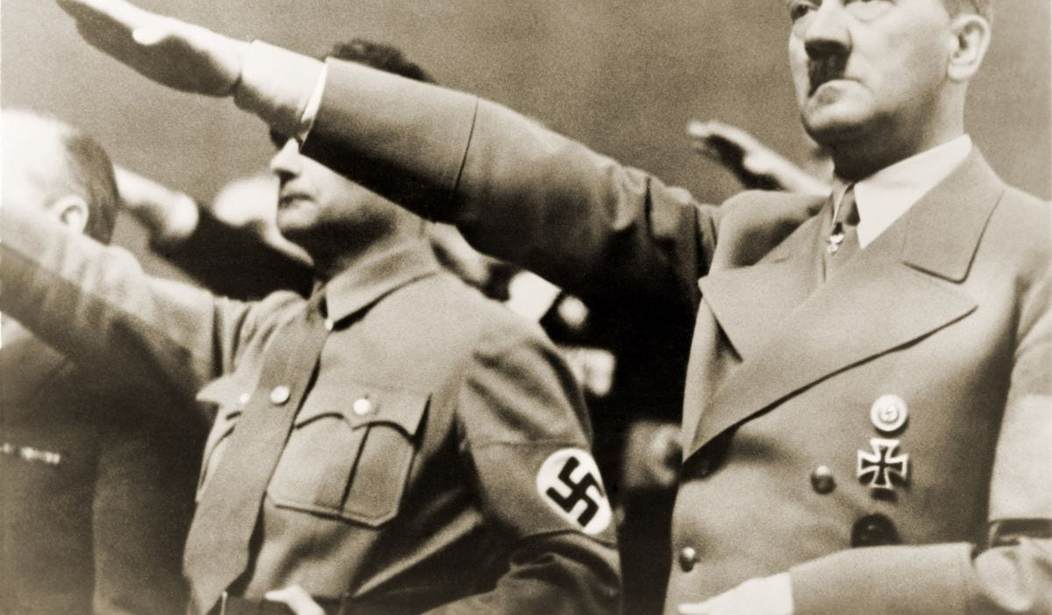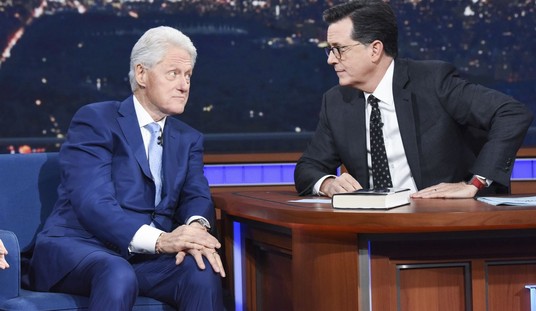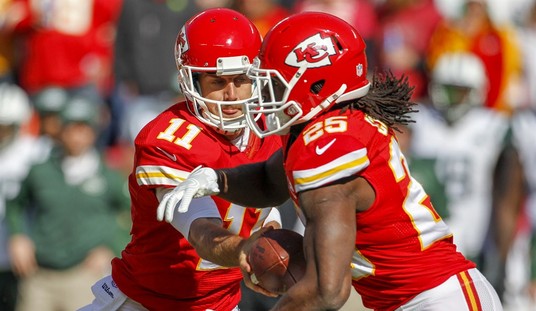A paper published Wednesday in the journal Studies in Contemporary History alleges that the Associated Press had a close relationship with the Nazi propaganda office in the 1930s. Historian Harriet Scharnberg writes that the AP was able to continue operating in Germany long after most other media outlets had been booted out.
The AP agreed to abide by the Nazi “editor’s law,” forbidding any publication “calculated to weaken the strength of the Reich abroad or at home,” according to The Guardian, which first reported on the research Wednesday. The news agency also hired reporters who worked in the Nazi party’s propaganda division, including photographer Franz Roth, who was in the propaganda unit of the SS and whose photos were approved by Hitler himself.
Scharnberg also contends the AP allowed the use of its photographs in antisemitic propaganda, including the publications “The Sub-Human” and “The Jews in the USA.”
By working with the Nazis, the AP helped that totalitarian regime “portray a war of extermination as a conventional war,” the historian said in the interview with The Guardian. For example, Roth’s photos following the 1941 Nazi invasion of Lviv in western Ukraine focused on the atrocities carried out by Soviet troops before the arrival of the Nazis, and ignored the violence of the German forces against the Jewish residents.
“The pictures played their part in disguising the true character of the war led by the Germans,” Scharnberg said. “Which events were made visible and which remained invisible in AP’s supply of pictures followed German interests and the German narrative of the war.”
The Associated Press said in a statement that Scharnberg’s research “describes both individuals and their activities before and during the war that were unknown to AP.” The news agency says it is conducting a review “to further our understanding of the period.”
Part of that “review” included removing the photos taken by Roth from the AP’s archives on Wednesday. The AP asserts that it “reject[s] the suggestion that it collaborated with the Nazi regime at any time.” But were AP employees in Germany at the time really off the reservation? The impetus to continue operating had to come from senior AP leadership in the United States. They might have created a situation of “don’t ask, don’t tell” when it came to cooperating with Nazi propaganda. But that doesn’t mean they shouldn’t have asked.
The AP wouldn’t be the only media outlet that cooperated with evil. The New York Times reporter Walter Duranty was a shill for the Russian communists in the ’20s, hiding Stalin’s massive crimes while promoting his “workers’ paradise. The Times had to suspect the truth, given widespread reporting of Stalin’s atrocities elsewhere, but like most liberals at the time, the paper figured that in order to make an omelette, you have to break some eggs.
CNN took this concept to the limit in cooperating with Saddam Hussein’s regime in order to keep its bureau in Baghdad open during Operation Desert Storm. Reporters for the network tossed softball questions to Saddam when interviewing him while giving reports written by the Iraqi government almost verbatim. The network said afterward that this is the price they had to pay to bring the “news” to America. Fortunately, few media outlets over the years have taken that attitude.
Media outlets from democratic countries have traditionally taken the position that if restrictions on their reporting become too onerous, they will pack up and leave. It’s what the AP should have done when Hitler came to power. And it is well and proper that their shortcomings in this regard be pointed out.
A version of this piece also appeared at The American Thinker










Join the conversation as a VIP Member